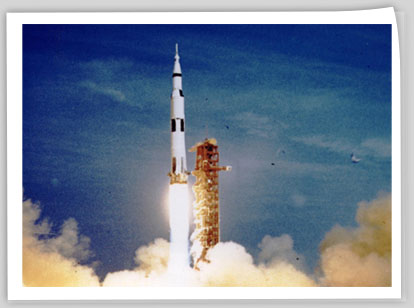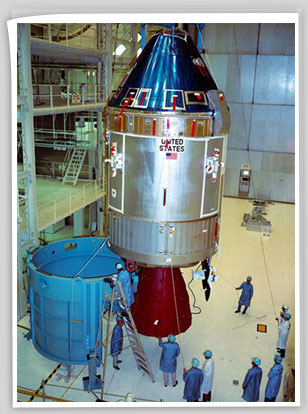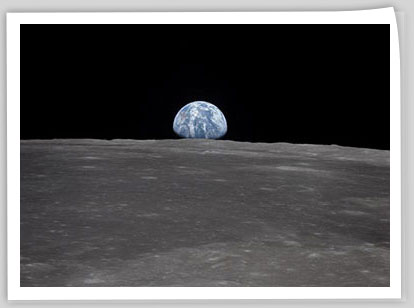“…this nation will move forward, with the full speed of freedom, in the exciting adventure of space.”–President John F. Kennedy
United States Mint Call for Artists
On July 20, 1969, America and the world watched as Neil Armstrong and Buzz Aldrin took mankind’s first steps on the lunar surface. This unprecedented engineering, scientific, and political achievement, the culmination of the efforts of an estimated 400,000 Americans, secured our Nation’s leadership in space for generations to come. The national goal set in 1961 by President John F. Kennedy was fulfilled when the crew of Apollo 11—Armstrong, Aldrin, and Michael Collins—safely returned to Earth on July 24, 1969. Nearly half a century later, the United States is the only country ever to have attempted and succeeded in landing humans on a celestial body other than Earth and safely returning them home.
In recognition of the 50th anniversary of the first manned landing on the Moon, Public Law 114-282 authorizes the Secretary of the Treasury to mint and issue curved $5 gold coins, curved $1 silver coins, curved half-dollar clad coins, and curved 5 ounce $1 silver proof coins. This commemorative coin program offers an opportunity for our nation to recognize the 50th anniversary of the Apollo 11 mission, and to honor the United States space program leading up to the first manned Moon landing.
Important Dates
Applications Open: May 1, 2017
Application Deadline: June 29, 2017
Artists Notified if Selected to Submit a Design: July 31, 2017
Submissions Must Be Received By: September 8, 2017
Winner Announced: 2018
and Determination of the United States
Yesterday’s Mission – Today’s Progress – Tomorrow’s Innovation
The first manned lunar landing on July 20, 1969, was the culmination of a goal set eight years prior by President John F. Kennedy. It was a time of great technological advances which tapped the depth of knowledge in the fields of science, engineering and math. Project Apollo ultimately impacted other facets of American achievements including: the creation of technology to meet other national interests in space; a new prominence for American space exploration; a program of scientific exploration on the Moon, and the capability to work in the lunar environment. Today’s astronauts would not be as capable or equipped to continue the efforts of space exploration if not for the foundation that Apollo 11 created.








